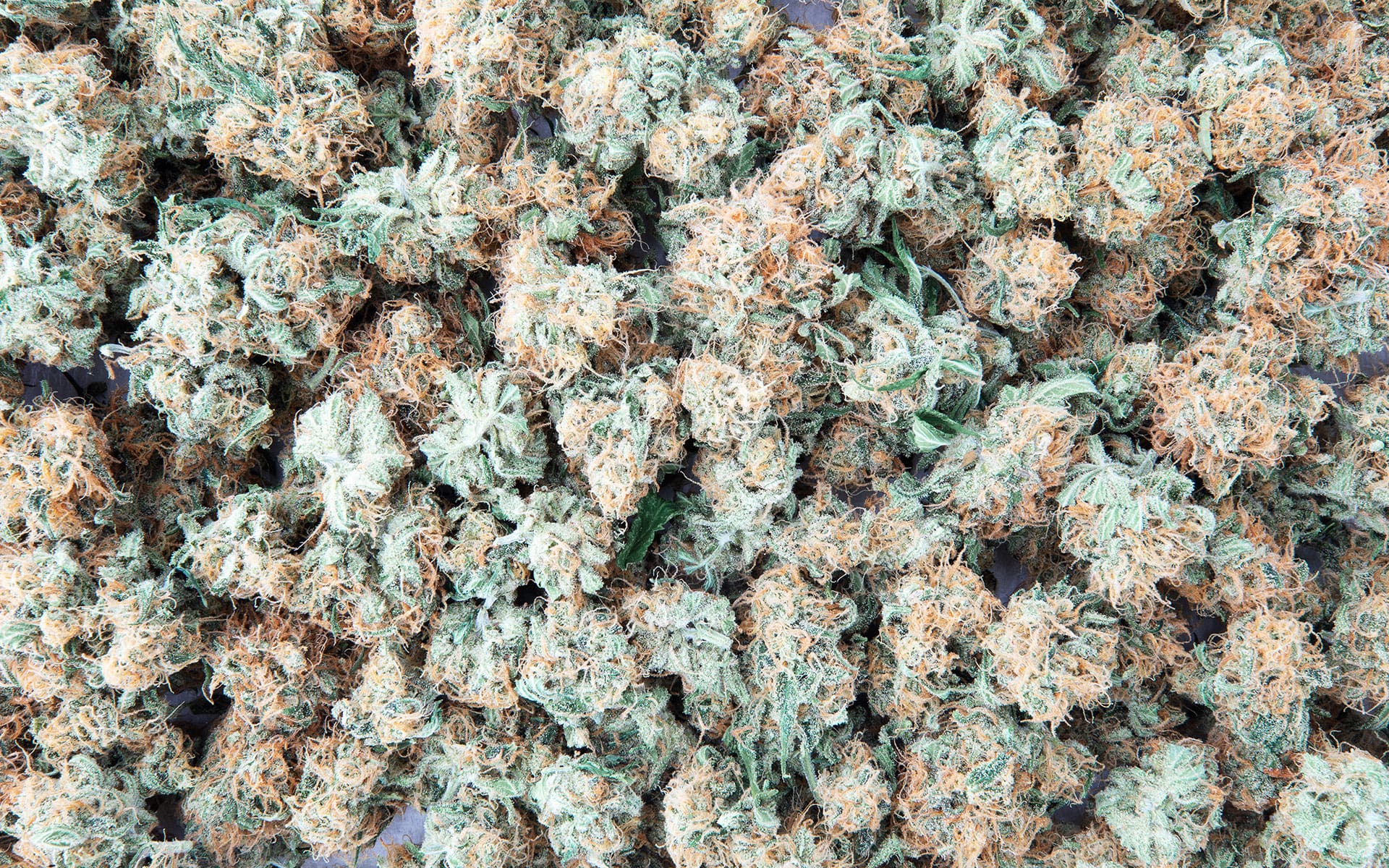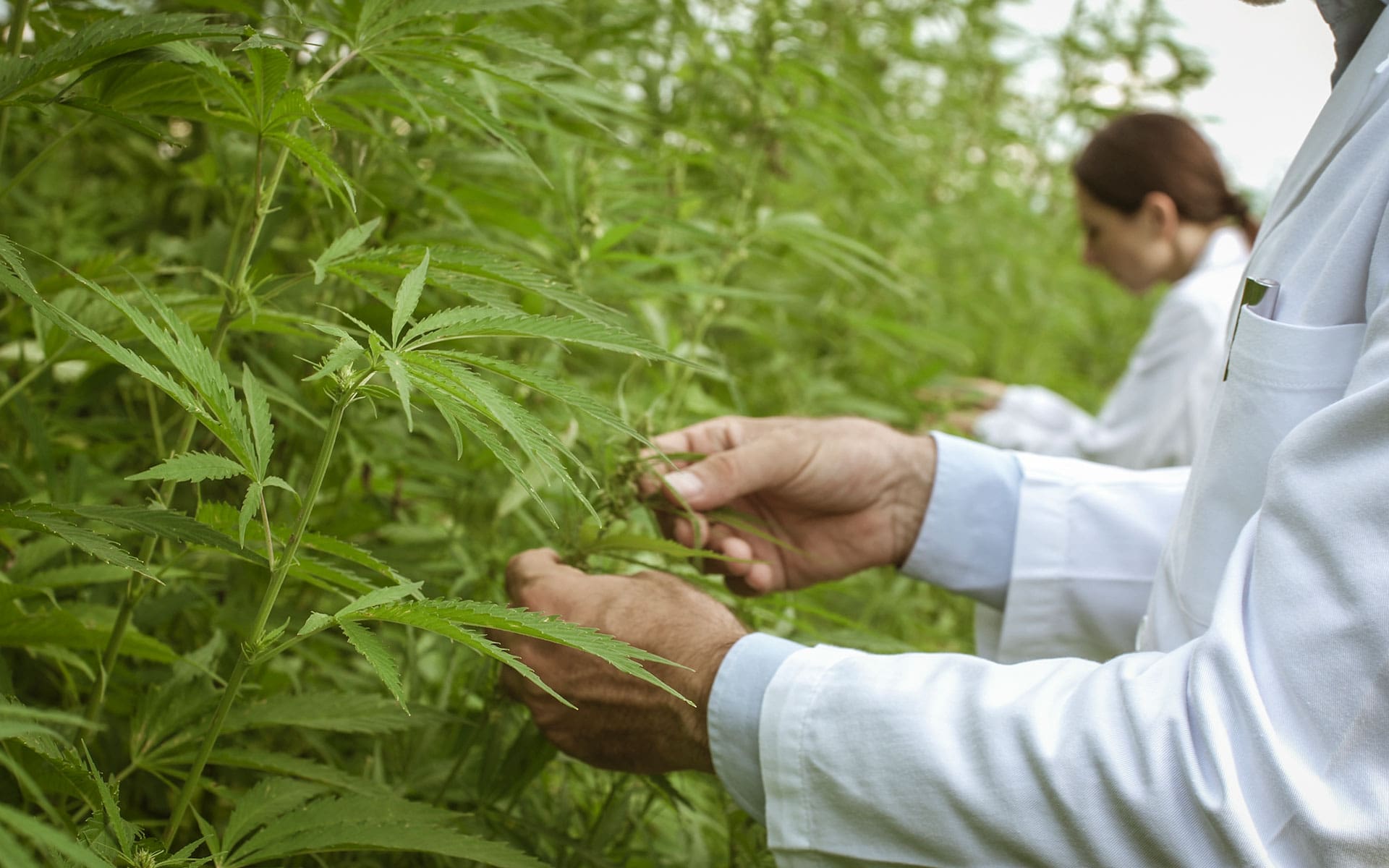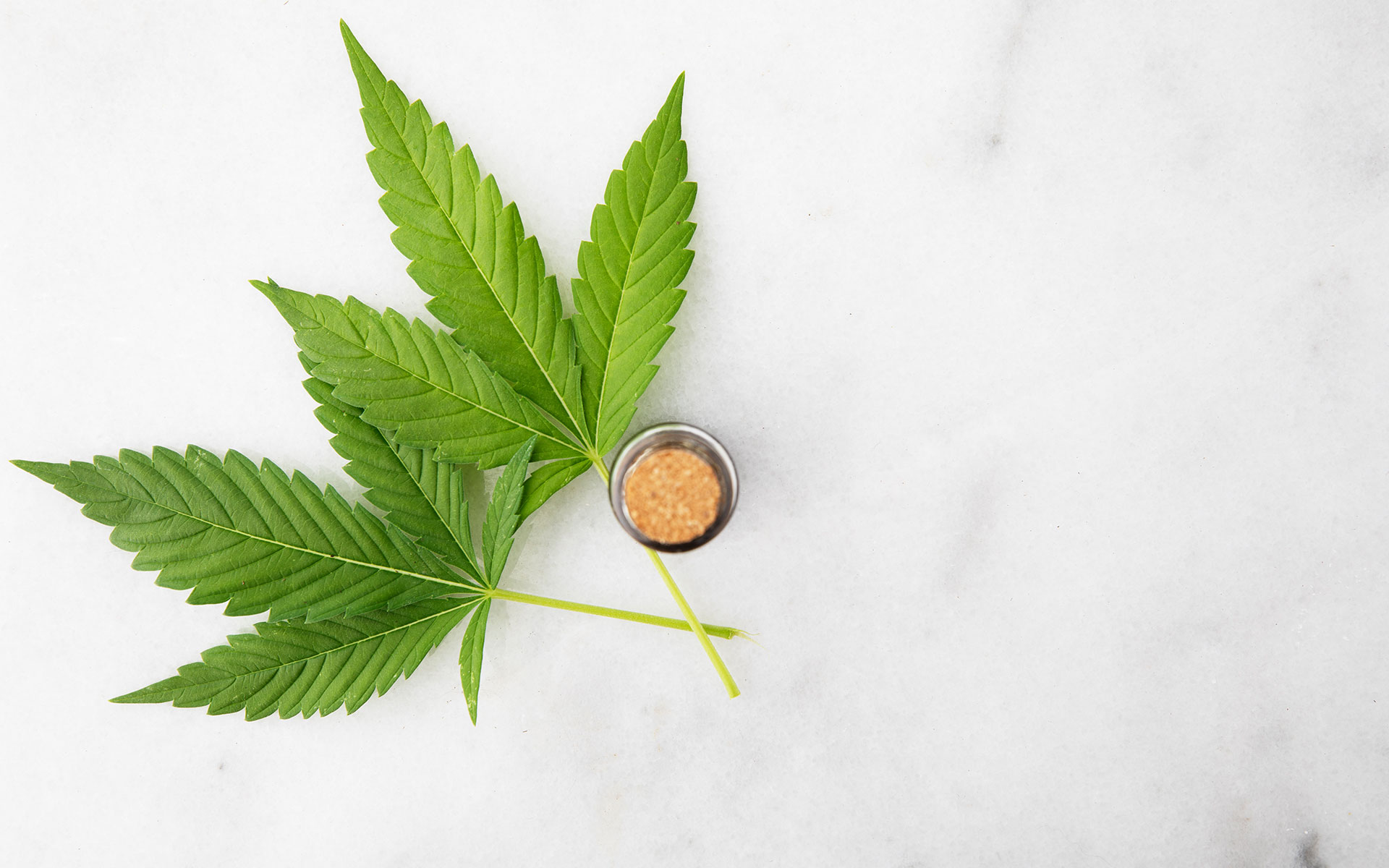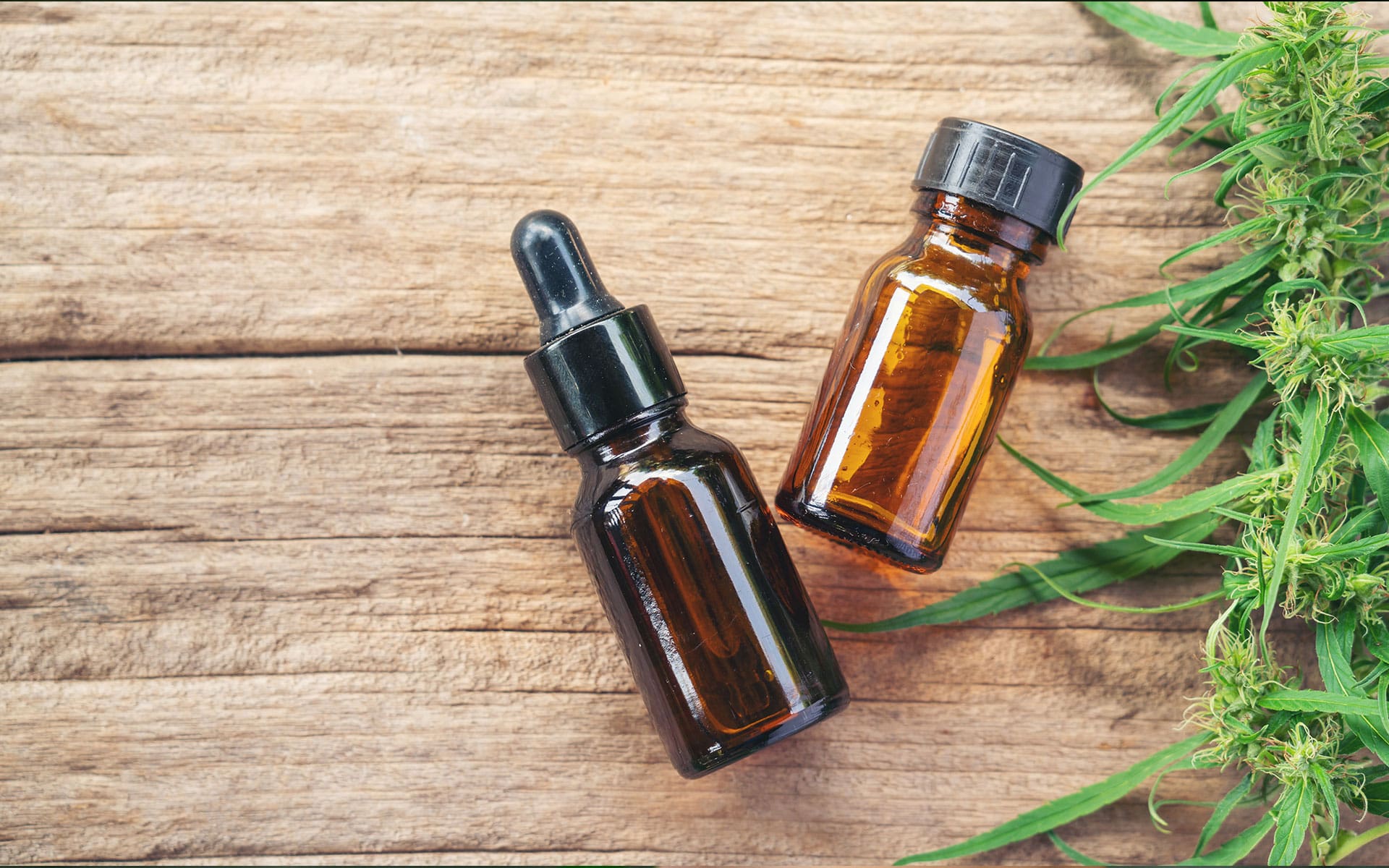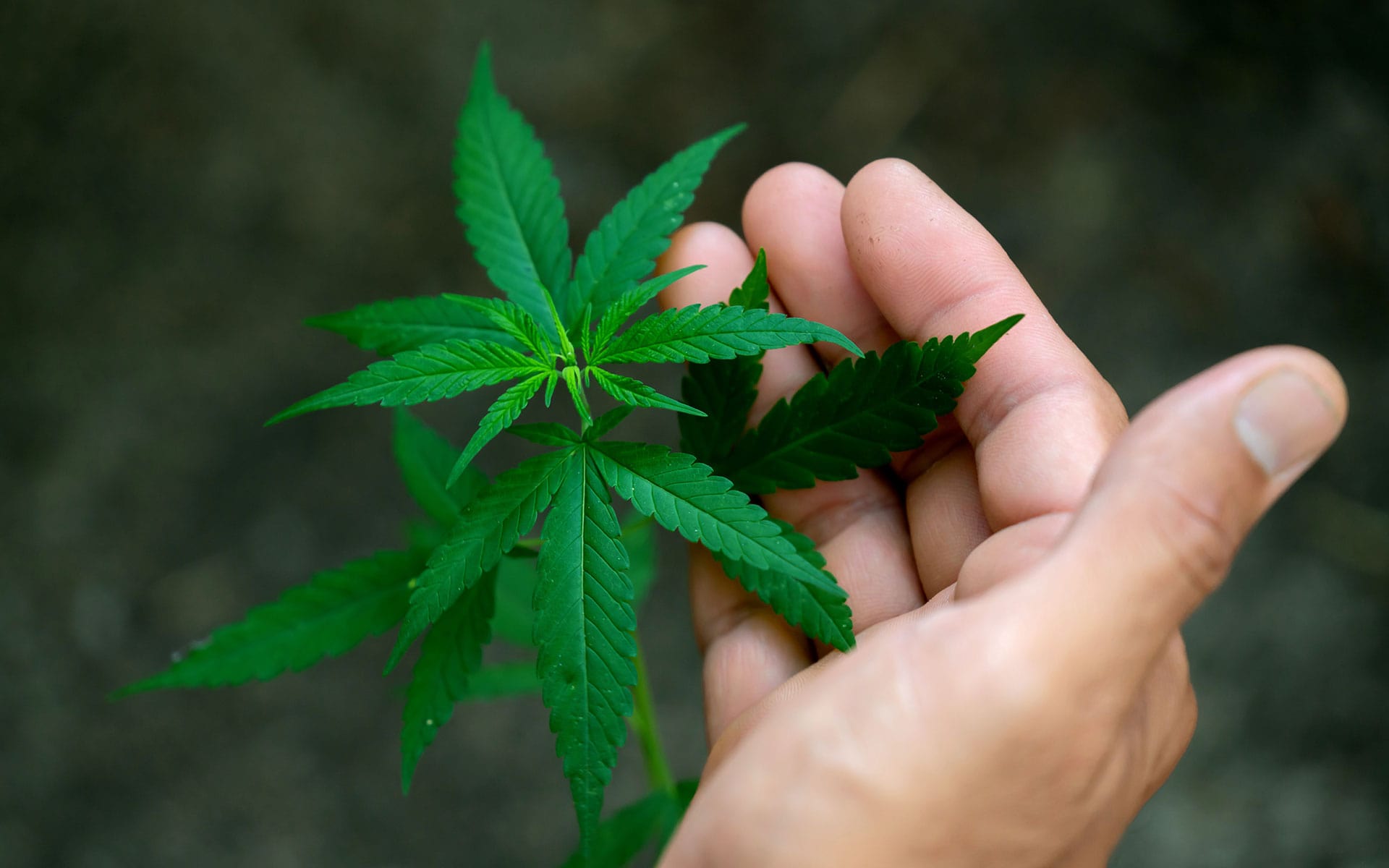Hemp Products at Strains Dispensary
Hemp is marijuana’s cousin as a phenotype of the cannabis Sativa plant. Hemp has been used industrially for generations but has recently become a popular source of the sought-after cannabinoid, cannabidiol (CBD). Hemp is commonly associated with CBD due to the relationship and is the source of the cannabis industry’s high-CBD and low-THC medicines. The CBD-based products at Strains Dispensary in Perris are sourced from the flower that produces CBD and not the hemp seed that does not contain any cannabinoids.
Hemp-based CBD Products
The knowledgeable budtenders at Strains Dispensary of Perris regularly discuss hemp and CBD with patients. The discussion almost always leads to an educational summary of the similarities, differences, and relationships between hemp, cannabis, and CBD. First, CBD is CBD regardless of the plant producing it and the part of the plant producing it.
most popular hemp-based CBD Products
CBD Oil
Awesome for medical patients with a special affinity for treating seizure disorders like epilepsy and for reducing anxiety in recreational patients, CBD oil has become wildly popular with our patients seeking CBD relief without the THC high.
Flower
High-CBD and low-THC flowers are excellent for those seeking cannabinoid relief without the high. Our Marley Natural Red CBD-rich flower has been proven to be a real crowd-pleaser.
Topicals
CBD-infused topicals are popular for pain relief and skin treatments including lotions, elixirs, balms, creams, and more!
Edibles
CBD-infused edibles are often preferred due to their convenience, enjoyable taste, and effectiveness in treating a range of conditions from insomnia, pain, anxiety, and much more!
Hemp and CBD at Strains Dispensary
The CBD in our patients’ favorite edibles, flowers, or topicals was extracted from the plant’s flower. Don’t be confused by the hemp seed oil found at health food stores because despite it having the hemp name, these products do not contain any CBD nor THC as they are made with the hemp seed that does not produce cannabinoids. Rest assured that when you buy a CBD product from us that the CBD was extracted from high-CBD plants grown in a certified facility according to strict quality and safety standards. We also carry high-CBD flowers that contain only trace amounts of THC insufficient to generate the feeling of being high.


